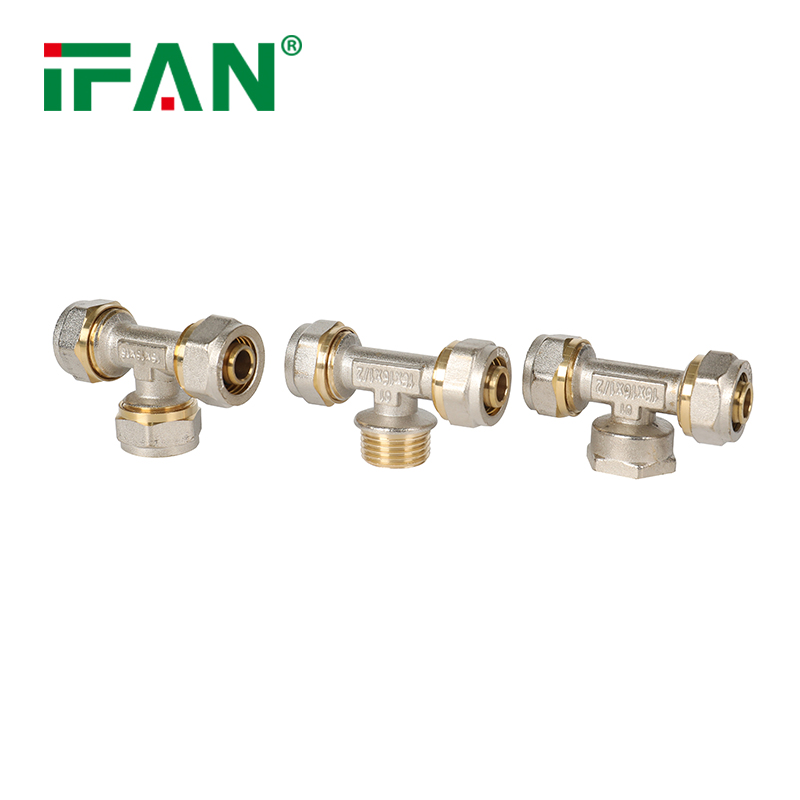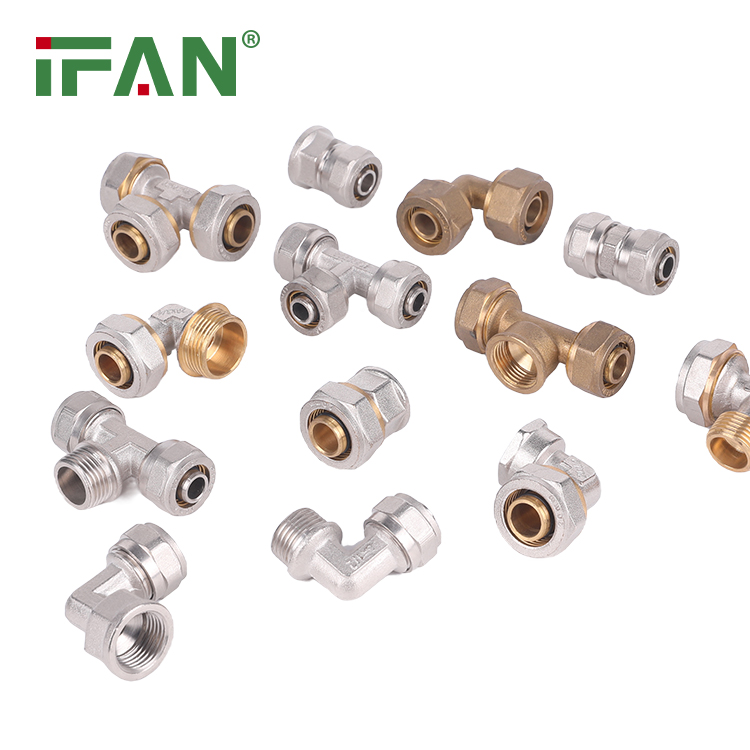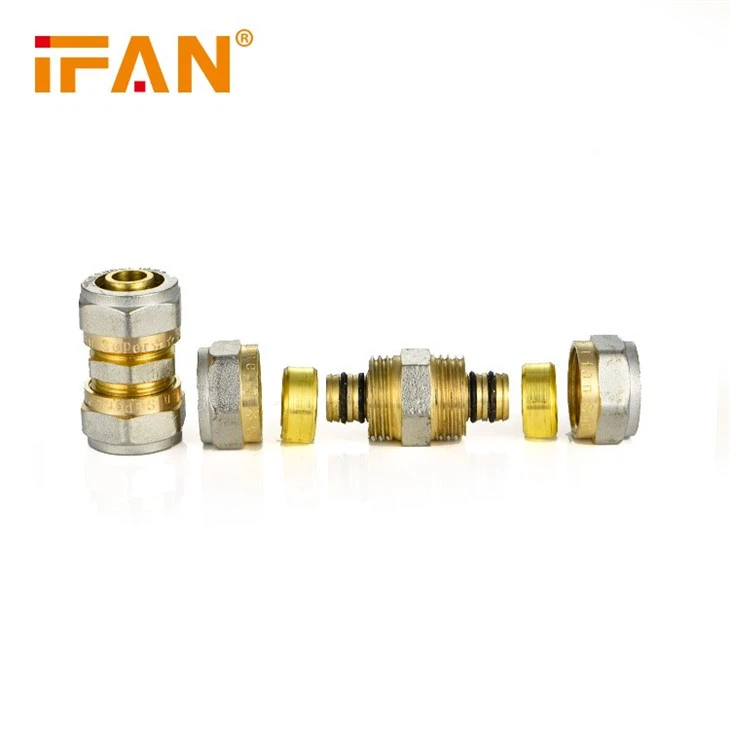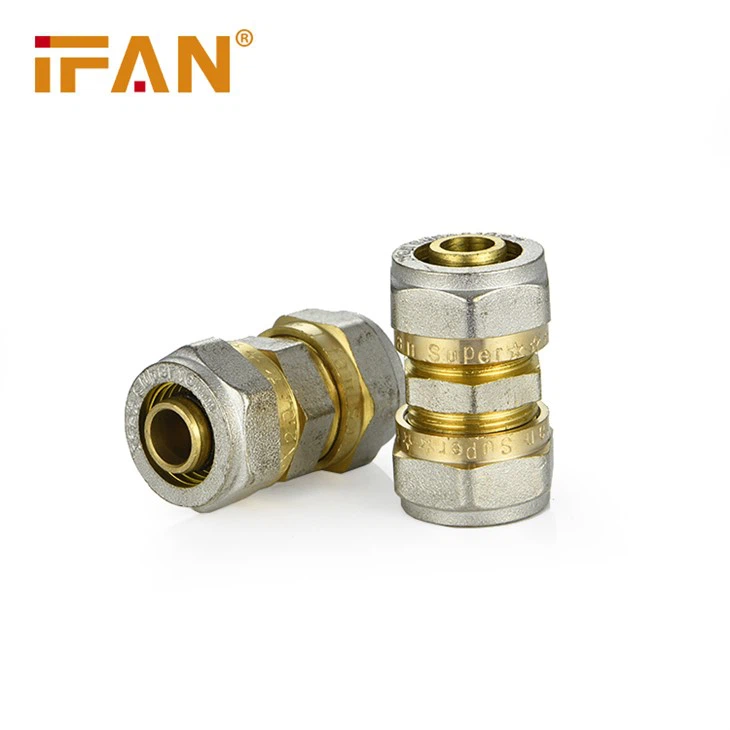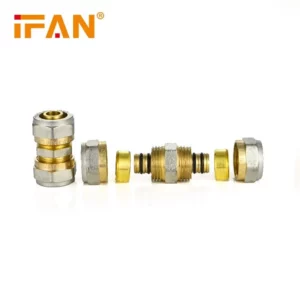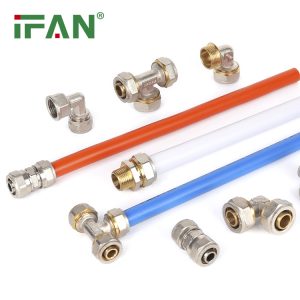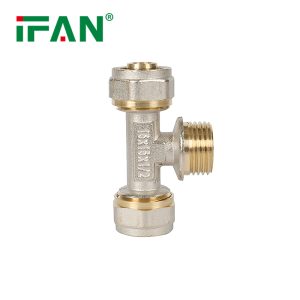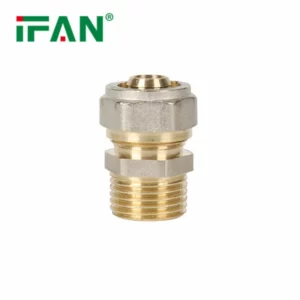Description
IFAN factory 30+ years manufacture experience support color /size customization support free sample.Welcome to consult for catalog and free samples.This is our Facebook Website:www.facebook.com,Click to watch IFAN’s product video.Compared with Tomex products, our IFAN products from quality to price are your best choice, welcome to buy!
Introduction to Pex Compression Fittings
Pex compression fittings have gained popularity in plumbing applications due to their ease of installation and reliable performance. These fittings are designed to connect Pex tubing securely without the need for soldering or specialized tools, making them a preferred choice for both DIY enthusiasts and professional plumbers. However, like any plumbing component, proper installation and usage are crucial to ensure longevity and efficiency. This article explores key considerations to keep in mind when using Pex compression fittings, ranging from installation techniques to maintenance practices.
Proper Installation Techniques
The first and foremost consideration when using Pex compression fittings is ensuring correct installation techniques. Proper installation starts with carefully cutting the Pex tubing to the correct length and ensuring the ends are clean and free from debris. Next, insert the tubing into the fitting until it seats fully, ensuring a tight and secure connection. It’s essential to follow the manufacturer’s instructions regarding tightening torque to prevent under or over-tightening, which can lead to leaks or damage to the fittings over time. Additionally, using a properly calibrated compression tool or wrench designed for Pex fittings helps achieve the correct torque without damaging the fitting or tubing.
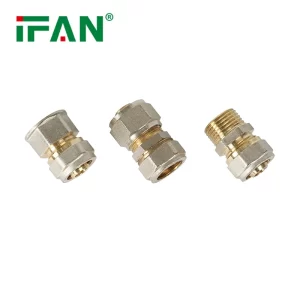
Compatibility and Sizing
Another critical consideration is ensuring compatibility between the Pex tubing and compression fittings. Pex tubing comes in various sizes and types, such as Pex-A, Pex-B, and Pex-C, each with specific characteristics and applications. It’s essential to match the type and size of the tubing with the corresponding compression fitting designed for that specific Pex type. Using mismatched fittings can compromise the seal and lead to leaks or failures. Furthermore, consider the application requirements, such as temperature and pressure ratings, to select fittings that can withstand the intended operating conditions without degradation or failure.
Environmental and Operational Factors
Environmental factors play a significant role in the performance of Pex compression fittings. These fittings are typically made from materials like brass, which is susceptible to corrosion in certain environments. It’s crucial to consider factors such as exposure to moisture, chemicals, or high temperatures that may accelerate corrosion or affect the integrity of the fittings over time. Proper insulation and protection against UV exposure can also prolong the lifespan of Pex fittings installed in outdoor or exposed environments. Additionally, understanding the operational conditions, such as flow rates and frequency of use, helps in selecting fittings that can handle the demands of the plumbing system effectively.
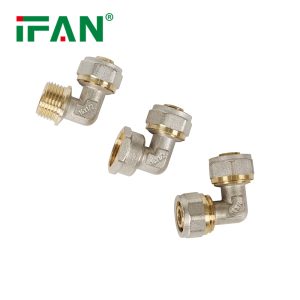
Maintenance and Inspection Practices
Regular maintenance and inspection are essential to ensure the continued reliability of Pex compression fittings. Periodically inspect fittings for signs of wear, corrosion, or leaks, especially in areas prone to vibration or movement. Replace any damaged or worn fittings promptly to prevent water damage and potential mold growth. Flushing the plumbing system periodically helps remove sediment and debris that can accumulate inside the tubing and fittings, maintaining optimal flow and performance. Educating homeowners or building occupants on recognizing and reporting signs of plumbing issues can prevent costly repairs and minimize water wastage.
Compliance with Regulations and Standards
Lastly, compliance with local building codes, regulations, and industry standards is crucial when installing Pex compression fittings. Ensure that fittings and installation methods meet or exceed requirements set forth by regulatory authorities and industry organizations. This includes using fittings that are certified for use in potable water systems and complying with specific installation guidelines to ensure safety and performance. Keeping abreast of updates and changes in plumbing codes helps in adopting best practices and incorporating advancements in Pex fitting technology into new or existing plumbing systems.
In conclusion, while Pex compression fittings offer numerous advantages in terms of ease of installation and performance, careful consideration of installation techniques, compatibility, environmental factors, maintenance practices, and regulatory compliance is essential to ensure their long-term reliability and efficiency in plumbing applications. By adhering to these considerations and best practices, homeowners, plumbers, and building managers can maximize the benefits of Pex compression fittings while minimizing the risks of potential issues or failures.
Related products
-
Compression fitting
ISO15875 Innovations in PEX Compression Fitting Technology
-
Compression fitting
Durability and Reliability of PEX Compression Fittings
-
Compression fitting
PEX Compression Male Tee: The Ultimate Guide for Plumbing Connectivity
-
Compression fitting
IFAN PEX Compression Fitting


